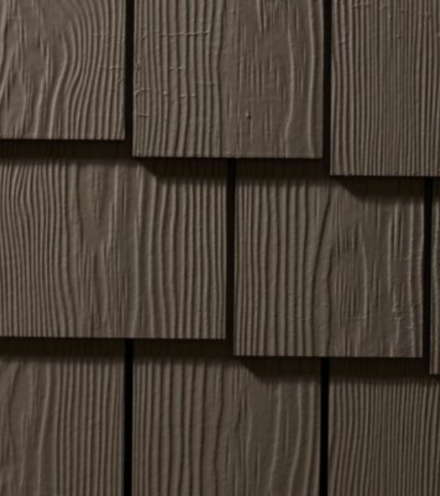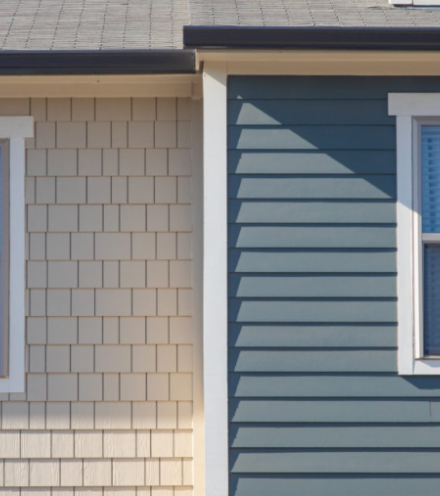Siding is one of the most important parts of a home’s exterior. So, it stands to reason that when the time comes to replace your existing siding, you’re going to want to install something that’s going to not only look great, but that’s going to perform well and last for years. Older types of siding, such as wood and vinyl have a lot of drawbacks that have led people to look for other alternatives. One of these is engineered wood siding.
Engineered wood is made up of wood strands that have been combined with a resin, compressed, and coated with wax and borate to help make it moisture and insect resistant. This coating is usually made to look like natural wood, giving it a traditional appearance. It’s lighter than real wood, and often less expensive, so many people end up choosing it over natural wood for their homes.
Engineered Wood Siding Problems
Like a lot of newer materials, however, engineered wood siding is starting to show a few drawbacks. Learn the issues to watch for with engineered wood siding when choosing the cladding for your home, as well as better alternatives to ensure you’re getting the best material for the job.
1. Improper Installation
Engineered wood siding is much lighter than natural wood, which is considered one of its positive attributes. Unfortunately, it can also lead to problems during installation that can lead to its downfall.
While engineered wood siding may look like wood and may seem easier to install - one of the often touted benefits - it is also easy to install improperly. If too much force is used during the installation of the material - like one would use if they were used to installing natural wood - the surface of the engineered material can crack. Because it’s the surface of the engineered wood siding that gives it so many of its benefits, including resistance to moisture and insects, cracking the facade during the installation process may lead to its failure over time.
Because the material is so light and easy to handle, and because it looks so much like wood, improper installation can occur very easily. Anyone not taking particular care and using tools that convey less force may weaken the siding leading to future problems.
2. Maintenance
Engineered wood siding is considered to be a low maintenance material, in that it doesn’t peel or chip the way that real wood does, so it doesn’t require the same amount of scraping and painting. But it isn’t quite as simple as that.
First, many manufacturers do not offer a factory finish, but instead, rely on a third-party to put the color on the siding. Because the manufacturer does not supply their own finish, there may be issues with that finish and the way that it adheres.
Second, the wax and borate covering of the planks is crucial to the continued success of the siding. If that coating were to be removed, either through scraping off old paint, through force like a pressure washer, or through impact with something like hailstones, the weaker material underneath will now be exposed.
To help preserve the siding and keep it from developing issues down the road, the surface must be maintained very carefully. It needs to be watched for cracks or missing surface particles, and it can’t be washed with any kind of harsh cleanser or force.
Homes afflicted with algae or efflorescence may have difficulties in getting clean, because most of the typical methods for cleaning these issues could lead to the damage of the outer coating.
3. Moisture Susceptible
When the material has been installed incorrectly, painted incorrectly, the finish has been damaged, or in some instances where a manufacturer's defect leads to a crack in the finish, the siding is now susceptible to moisture. Like any wood composite material, if moisture infiltrates the surface of the planks, the siding may now swell, warp, or begin to rot.
Earlier types of engineered siding had a lot of issues with moisture, and while some of these have been resolved, the issue may still persist if the siding is installed incorrectly or if the finish becomes damaged in some way. When this happens the only way to correct the issue is to remove the afflicted boards and replace them.
Engineered Wood Siding Alternative
For those that want the look of wood, but in a material that is truly durable and not susceptible to moisture problems, consider fiber cement siding. It’s insect and flame resistant, and the color does not peel, chip, or fade, so it’s also very low maintenance.
Once installed, it will last for years without issue, allowing you to have the look and style of wood siding, without any of the drawbacks.
If you want a truly low maintenance and durable siding, make sure to check out fiber cement. It performs well in all climates and resists moisture and other common problems that can impact other types of siding. Take a look at fiber cement today to get the best material available for your home.




